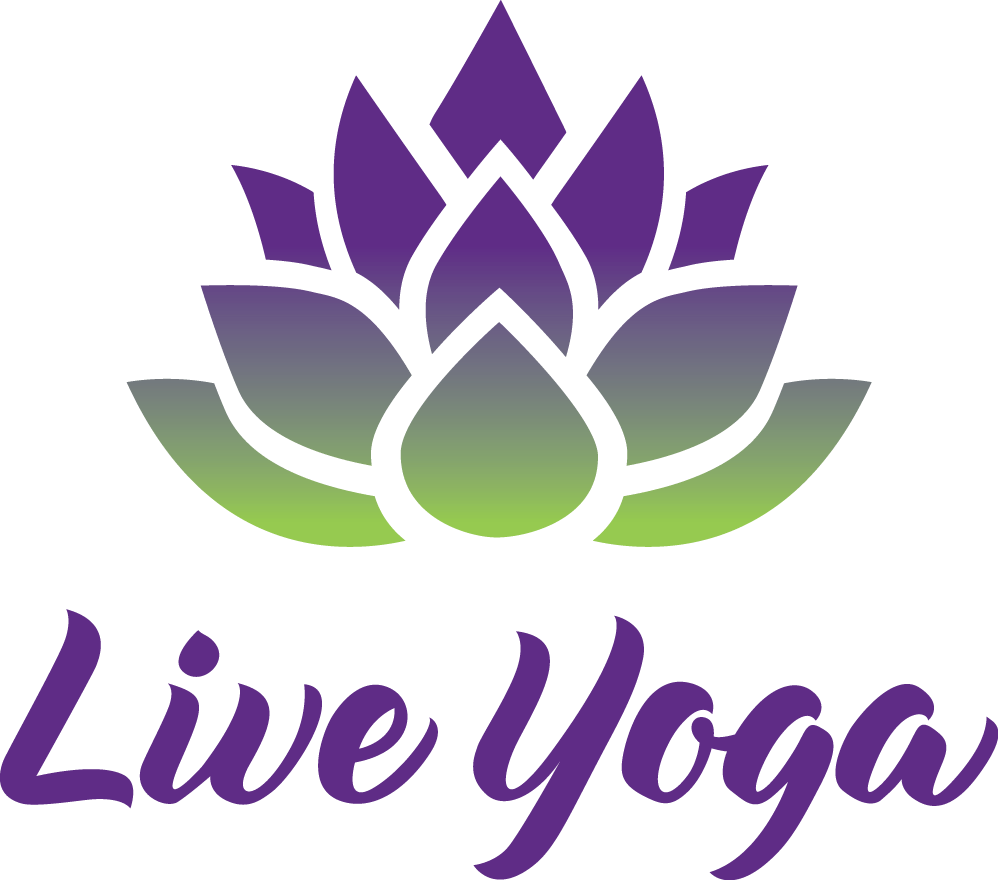A Yogi’s Thoughts on Injury
So this past Sunday I sprained my ankle playing baseball. Any injury is frustrating and untimely. But life goes on and so too does our practice. Here are some musings, observations, and philosophy in action to share with anyone working through some difficulties in their body.
The Mind follows the Body (and vice versus)
Last week. pre-injury, I was dealing with a cranky shoulder. With my shoulder history this is common so I was taking caution during yoga practice, and in my physical activities. Fast forward to spraining my ankle and my shoulder feels amazing. It seems all my attention in both body and mind have been consumed with the swelling, aching, and tenderness of the freshly aggravated ankle and any discomfort in the shoulder has passed (literally overnight). The body is pretty amazing and upon injury sends a wealth of circulation via inflammation to begin the healing process to the affected area. Our mind also hones its awareness to the injured area taking care to not further any damage and observe all the characteristics of said injury. Is it a mental or physical shift that allows awareness to move from injury to injury overnight? How is one problem was completely resolved by another? Does the mind follow the body or is vice versus? Do they operate together in one amazing intricate whole assembly? Maybe my miraculous shoulder health is some kind of placebo healing. Maybe my ankle is distracting me from me shoulder. I don’t have any explanation but it sure is interesting!!
Injury Spurs Creativity
I’m completely blown away at how resilient the body is and how creative we can be when practicing. Only a day off of the sprain and my practice has shifted to favor poses with the feet elevated and posture not involving weight bearing (obviously I can't walk!). Here is a brief practice sequence to get a picture. savasana over bolster; legs up the wall (with support), legs up the wall (active with arm variations), legs up the wall (wide legged variation), Supine 2 knee twist, Seated chair twists (Bharadvajasana), seated urdva hastasana (arms overhead), seated cow face pose (arms only), headstand, wide legged forward fold, shoulder stand, halasana (plow), savasana (legs elevated on bench). By no means is this a practice to cure a sprained ankle but a creative process of keeping the body out of discomfort (see next paragraph). We get so caught up in what we think a postural yoga practice SHOULD be. A set sequence of postures prescribed by someone who “knows better” when in reality our practice should be geared to where we are and our abilities. We practice with a teacher to learn and feel different postures in our body. When injured these teachings are needed to help with home practice when a drop-in class isn’t a viable option.
Cause No Harm (Ahimsa)
The yama ahimsa means to live and practice by not causing any harm to oneself, others, or the world in which we live. I struggle with this as I’m set on getting back on my feet and might push through a little pain to get there! It is not worth it and my advice is to swallow that ego and enjoy your rest! Especially in the acute stages of inflammation. You have probably heard your yoga teacher say a million times not to allow pain in the body. It is mind blowing how often we justify pain and discomfort for the bogus idea of quickening our recovery. I can walk (kind of) but there is pain. Will pushing through help with the healing (probably not). At the same token laying around keeping the injured area completely immobilized won’t help much either. We must walk the line between too much and not enough. Like inflammation, movement stimulates the body and helps our awareness move throughout the body along with blood flow and much needed nutrients. When thinking of the energetic body I feel it important to include thinking of circulation, awareness/consciousness, oxygen/breathing, and sensation (nervous system). You might notice it is hard to observe these points when in pain. The mind gets drawn away from the subtle sensations of calm nerves and steady breath when there is pain. Calm nerves and steady breath, I feel, are an ideal environment for the body to heal. With any injury we must investigate every action and make our practice to cause no harm. That doesn’t mean we can’t challenge ourselves practicing postures or rehabilitative exercises. It means we must be skillful in how we practice the poses and be diligent that we attain good results. Our practice becomes our injury, and from our experience we grow.
Heal well!


